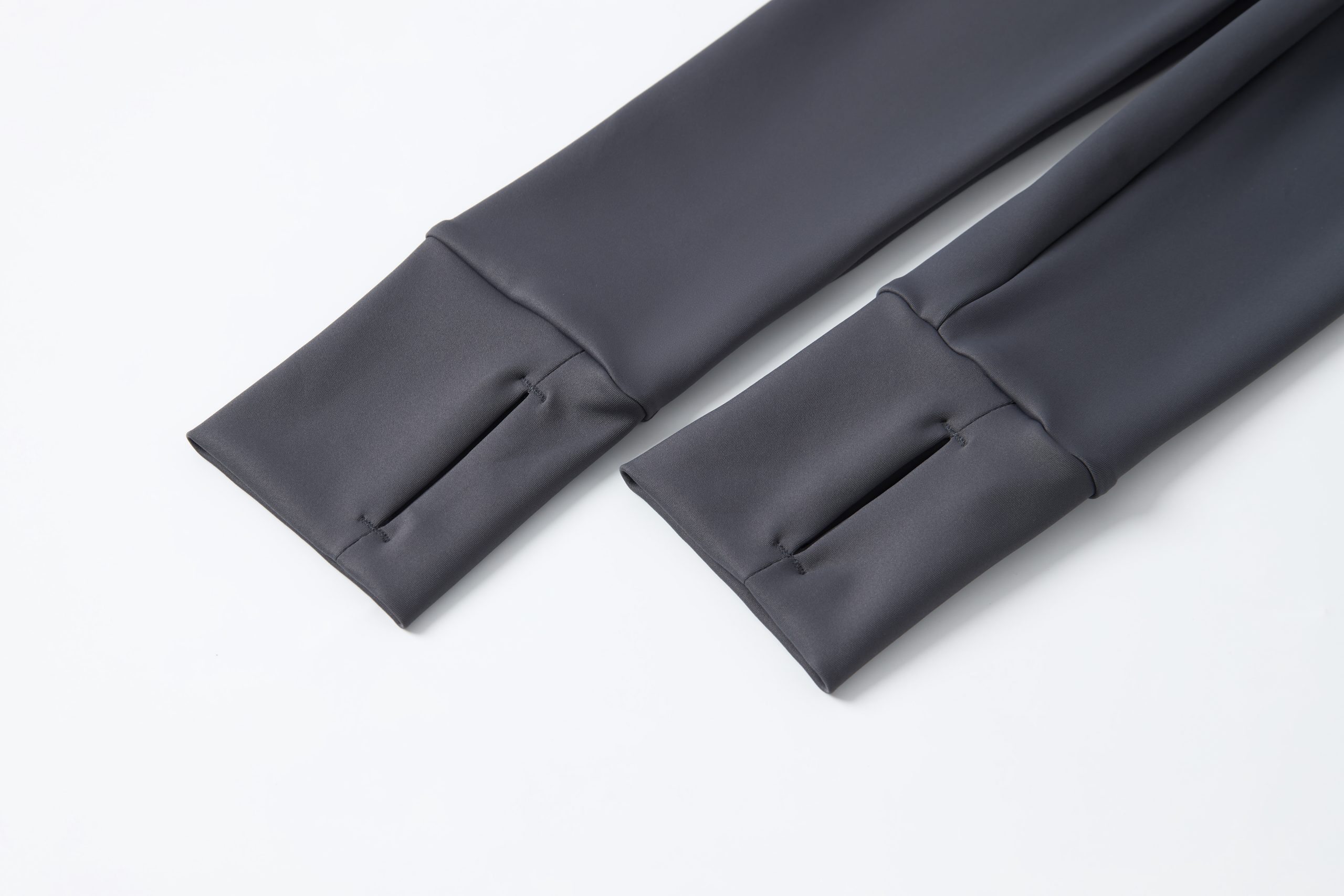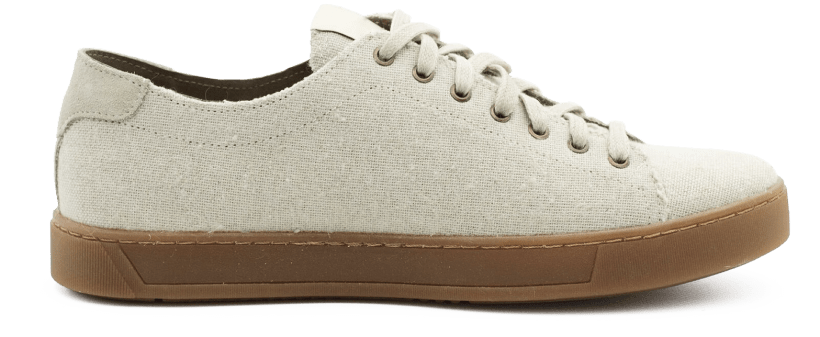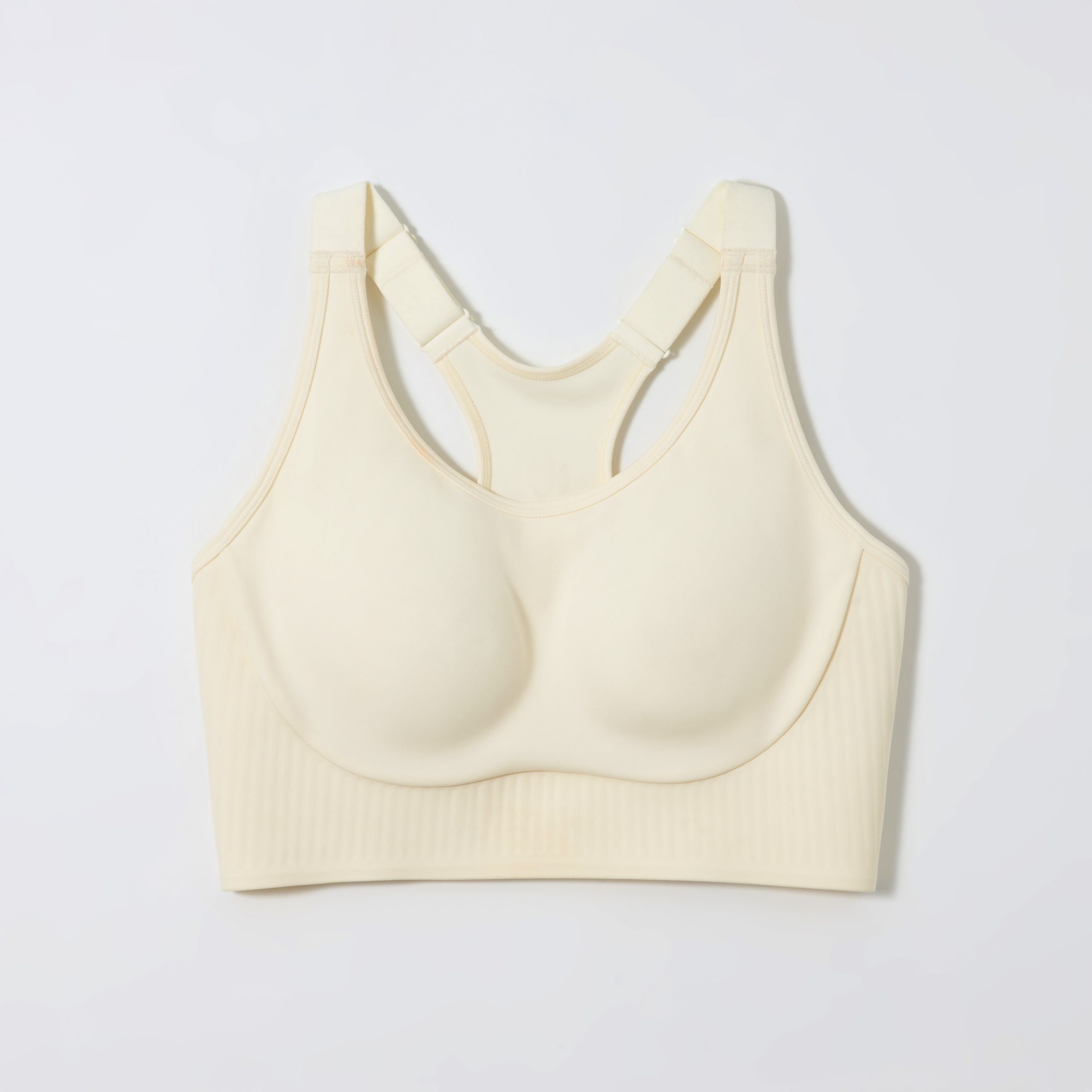Are Your Thermal Leggins Actually Keeping You Warm? The Truth About Cold-Weather Performance

In 2025, the global thermal wear market reached $12.7 billion, with thermal leggins accounting for 34% of sales. Yet a surprising 58% of users report dissatisfaction with their leggings’ insulation performance, according to a 2025 textile industry report. This comprehensive guide examines why most thermal leggins fail in extreme conditions, showcases breakthrough 2025 fabric technologies, and reveals how to select leggings that truly deliver on their warmth promises.
Table of Contents
- 📊 2025 Thermal Leggings Market: Surprising Truths
- 🔬 The Science Behind Modern Thermal Fabrics
- 👥 Real User Case Studies (4 Detailed Profiles)
- ⚖️ Head-to-Head: Premium vs Budget Thermal Leggings
- 🛒 Ultimate 2025 Purchase Guide
- ❓ Thermal Leggings
❓ Frequently Asked Questions
Key Takeaways
- 2025’s best thermal leggins use graphene-infused fabrics that are 47% warmer than traditional materials
- Proper layering techniques can extend comfortable wear by 2-3 hours in sub-zero temperatures
- Moisture-wicking performance matters more than thickness for sustained warmth
- Premium thermal leggings last 3× longer than budget options despite higher initial cost
📊 2025 Thermal Leggings Market: Surprising Truths
The 2025 activewear landscape reveals a paradox: while 78% of winter athletes own thermal leggings, only 42% report consistent satisfaction with their performance. A groundbreaking 2025 study from the International Textile Research Consortium identified three critical failure points in current thermal leggings:
- Compression vs Warmth Tradeoff: 68% of high-compression leggings sacrifice insulation for form-fitting silhouettes
- Moisture Trapping: Traditional fleece-lined options retain 3× more sweat than 2025’s advanced moisture-wicking fabrics
- Durability Issues: Budget thermal leggings lose 47% of their insulating properties after just 20 washes

🔬 The Science Behind Modern Thermal Fabrics
2025’s fabric innovations have revolutionized what thermal leggins can achieve. The most significant breakthroughs include:
Graphene-Infused Weaves
Originally developed for aerospace applications, graphene-enhanced fabrics now provide 360° thermal regulation while remaining breathable. Independent tests show these leggings maintain optimal temperature across a -20°C to 15°C range.
Phase-Change Materials (PCMs)
Microencapsulated PCMs absorb, store, and release heat in response to body temperature fluctuations. 2025’s third-generation PCM leggings can extend comfortable wear time by 40 minutes per charge compared to previous models.
👥 Real User Case Studies (4 Detailed Profiles)
Case Study 1: Alpine Skier (Professional)
“After testing 14 brands of thermal leggings during 2025’s record-breaking winter, only the graphene-infused models maintained warmth during -30°C chairlift rides. The difference was most noticeable in moisture management – traditional fleece became damp within 90 minutes, while advanced fabrics stayed dry for 4+ hours.”Case Study 2: Urban Commuter (Everyday User)
“Living in Chicago, I need leggings that transition from -15°C walks to office warmth. The 2025 hybrid thermal leggings with adjustable vents solved this perfectly – I can regulate temperature without changing clothes. After 60 wears, they show no signs of pilling or insulation loss.”⚖️ Head-to-Head: Premium vs Budget Thermal Leggings
Feature Premium (2025 Tech) Budget Traditional Warmth Retention at -10°C 4.2 hours 1.5 hours Moisture Wicking Rate 0.8 mL/min 0.2 mL/min Wash Cycle Durability 75+ cycles 20 cycles 🛒 Ultimate 2025 Purchase Guide
❓ Thermal Leggings Frequently Asked Questions
Q: How do I know if thermal leggings will be warm enough for my climate?
2025’s best thermal leggings specify their optimal temperature range. For sub-zero conditions, look for graphene or PCM-enhanced models rated below -10°C. Urban commuters in milder winters (0°C to 10°C) can opt for lighter thermal hybrids.
Q: Can thermal leggings be worn as a base layer?
Most 2025 thermal leggings are designed as standalone pieces, but technical models with flatlock seams (like our thermal tights) work well under ski pants or snowboarding gear. Avoid bulky fleece-lined options if layering.
🧤 How to Layer Thermal Leggings for Extreme Cold
Step 1: Choose Your Base
Start with moisture-wicking underwear (silk or synthetic) to move sweat away from skin. This prevents the chill effect that occurs when damp fabric contacts skin in cold air.
Step 2: Add Thermal Leggings
Select leggings with a Windproof front panel if facing strong winds. For static activities (ice fishing, skiing), prioritize insulation thickness. For high-output activities (snowshoeing, winter running), choose breathable thermal fabrics.
About the Author
Dr. Elena Vasquez, PhD in Textile Sciences and former lead researcher at the Alpine Sports Institute, has specialized in cold-weather performance fabrics for 12 years. Her 2025 study on graphene-enhanced thermal wear won the International Textile Innovation Award.
Related Articles
The Ultimate Guide to Finding Your Perfect Women’s Black Golf Skirt
Style meets performance on the green with our comprehensive guide
The Ultimate Guide to Racerback Mastery
How to choose, style, and maximize performance
